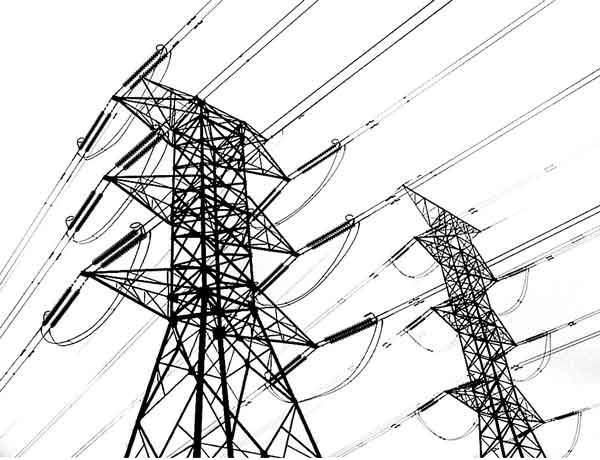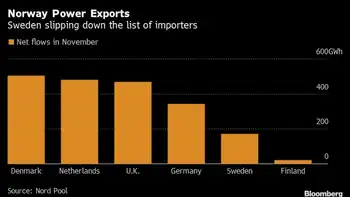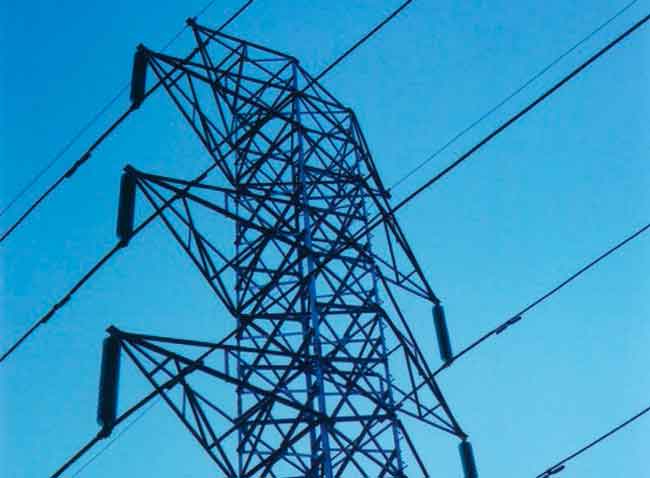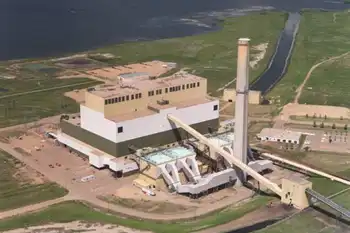Industrial energy efficiency receives stimulus
By Electricity Forum
Substation Relay Protection Training
Our customized live online or in‑person group training can be delivered to your staff at your location.

- Live Online
- 12 hours Instructor-led
- Group Training Available
These awards include funding for industrial combined heat and power systems, district energy systems for industrial facilities, and grants to support technical and financial assistance to local industry. The industrial sector uses more than 30 percent of U.S. energy and is responsible for nearly 30 percent of U.S. carbon emissions.
“To remain globally competitive, American industry needs to be energy efficient. The funding for industrial energy efficiency technologies announced today will support a robust American industrial sector and help to usher in a clean energy economy,” said Secretary Chu. “Many companies already realize that improving efficiency saves money while helping the environment. These projects will make energy efficiency technologies more widely available, cutting energy use and reducing carbon pollution across the country.”
The nine projects that were announced will promote the use of combined heat and power, district energy systems, waste energy recovery systems, and energy efficiency initiatives in hospitals, utilities, and industrial sites. Combined Heat and Power and District Energy Systems generate both the heat and power needed for industrial processes on-site, instead of using electricity from the grid, and can be nearly twice as efficient as conventional heat and power production.
These nine awards – totaling approximately $150 million – will be leveraged with $634 million in private industry cost share for a total project value of up to $785 million. These industrial efficiency projects will result in almost 14 trillion Btu in estimated energy savings, which is equivalent to over 112 million gallons of gasoline per year.
The remaining 32 awards will provide local technical support for the industrial sector through university-based Industrial Assessment Centers, state agencies, regional partnerships, and a national technical assistance provider. This funding will enable DOEÂ’s Industrial Technologies Program to provide technical and financial support for local businesses and manufacturing facilities to save energy and reduce their energy costs, obtain financing to realize significant gains in efficiency and productivity, and save and create manufacturing and industrial sector jobs across the country.
These 32 projects are an extension of DOEÂ’s successful Save Energy Now initiative, which provides plant energy assessments and technical assistance to energy intensive industrial facilities. Since the programÂ’s inception in 2006, more than 2,300 assessments have been completed. Over 1,500 industrial facilities implemented the identified energy measures, which have saved $218 million, 35 trillion Btu and 2.3 million metric tons of carbon dioxide each year.
The projects are selections for financial award. The final details for each project award are subject to final contract negotiations between DOE and the grantee.











